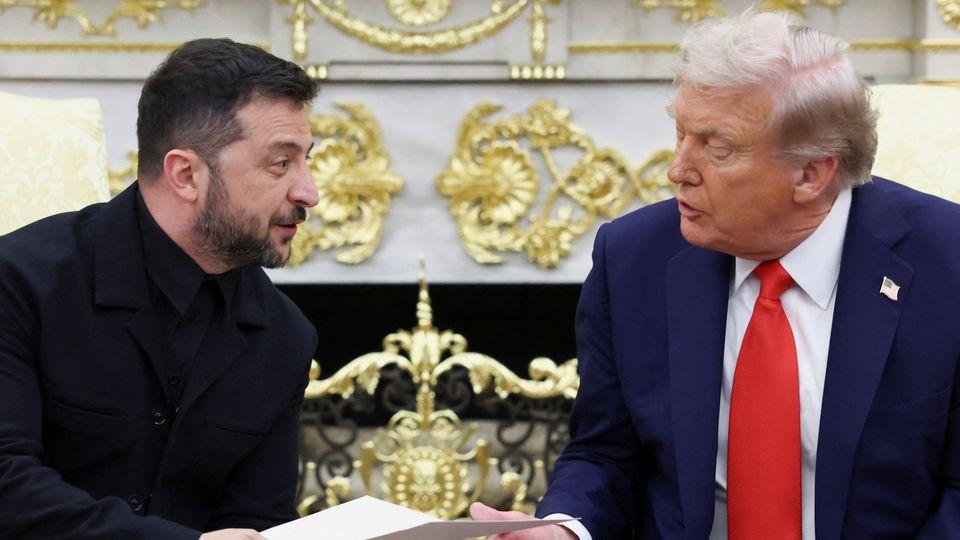Former President Donald Trump was seen engaging directly with law enforcement officers and military personnel stationed in Washington, D.C., as part of ongoing security measures in the capital. In a video released by PBS, Trump is shown speaking with police and troops on patrol, underscoring the heightened focus on maintaining order and safety amid recent events. This encounter highlights the continuing intersection of politics and security in the nation’s capital.
Trump Engages with Law Enforcement and Military Personnel on Washington Patrols
During a recent visit to the nation’s capital, the former President took time to connect with police officers and military personnel actively involved in maintaining security across Washington, DC. The brief but impactful encounter highlighted his recognition of the challenges law enforcement and troops face in high-profile urban patrols. Emphasizing unity and support, he stressed the importance of their role in preserving public safety amid heightened tensions and ongoing national events.
Among the key points discussed were:
- Morale and motivation strategies for officers on extended duty hours
- Coordination efforts between local police departments and federal military units
- Community engagement initiatives aimed at building trust with residents
| Group | Patrol Areas | Shift Duration |
|---|---|---|
| DC Metropolitan Police | Downtown & Capitol Hill | 10 hours |
| National Guard Units | Federal Buildings & Monuments | 12 hours |
| FBI Tactical Teams | Strategic Sites | 8 hours |
Analysis of Security Measures During Trump’s Visit to the Capital
Security operations during the former president’s visit demonstrated a meticulously coordinated effort between multiple law enforcement agencies. Officers and troops were strategically stationed across key locations in Washington, DC, enhancing both visibility and rapid response capability. Notably, the deployment included National Guard units alongside Metropolitan Police and federal agents, reflecting an elevated threat assessment in a post-2021 security landscape. The presence of armored vehicles and advanced surveillance technology underscored the priority given to mitigating potential risks, while patrols maintained a steady and approachable interaction with the local community.
Key Security Measures Implemented:
- Comprehensive airspace monitoring with drones and helicopters
- Temporary checkpoints tightening access around the Capitol grounds
- Integration of communication systems between various agencies
- Visible patrolling to deter crowds and ensure quick intervention
| Security Component | Role |
|---|---|
| National Guard | Perimeter defense and crowd control |
| Metropolitan Police | Local enforcement and civilian interaction |
| Federal Agents | Intelligence gathering and threat assessment |
| Surveillance Units | Real-time monitoring and alerts |
Recommendations for Enhancing Coordination Between Federal Forces and Local Agencies
Strengthening the synergy between federal forces and local agencies requires clear channels of communication and predefined protocols. Establishing dedicated liaison officers within both federal and local teams can facilitate real-time information sharing, reducing duplication of efforts and ensuring unified command during critical operations. Regular joint training exercises are crucial to build trust, understanding, and operational fluency, bridging cultural and procedural gaps that often hinder effective collaboration.
- Integrated communication platforms for instant updates and resource coordination
- Mutual respect of jurisdictional authority to avoid conflicts and ensure smooth cooperation
- Shared situational awareness dashboards to keep all parties informed in real-time
| Key Coordination Element | Benefit |
|---|---|
| Joint Command Centers | Streamlines decision making |
| Standardized Protocols | Minimizes confusion during crises |
| Cross-Agency Training | Builds cohesive response teams |
Moreover, leveraging technology such as encrypted communication tools and GPS tracking for deployed personnel can ensure operational security and accountability. A comprehensive after-action review process involving both federal and local representatives allows for critical assessment of joint efforts and paves the way for continuous improvement. By Strengthening these collaborative elements, federal forces and local agencies can enhance their collective effectiveness, respond more efficiently to emergencies, and foster a culture of mutual trust and professionalism. Ultimately, clear communication, shared resources, and joint accountability are essential pillars for successful interagency operations.
Concluding Remarks
As tensions remain high in the nation’s capital, President Trump’s visit to meet with police officers and troops underscores the administration’s focus on security and order during a turbulent period. This interaction highlights the government’s efforts to support law enforcement personnel tasked with maintaining peace in Washington, D.C. PBS will continue to monitor developments and provide updates on the situation as it unfolds.
